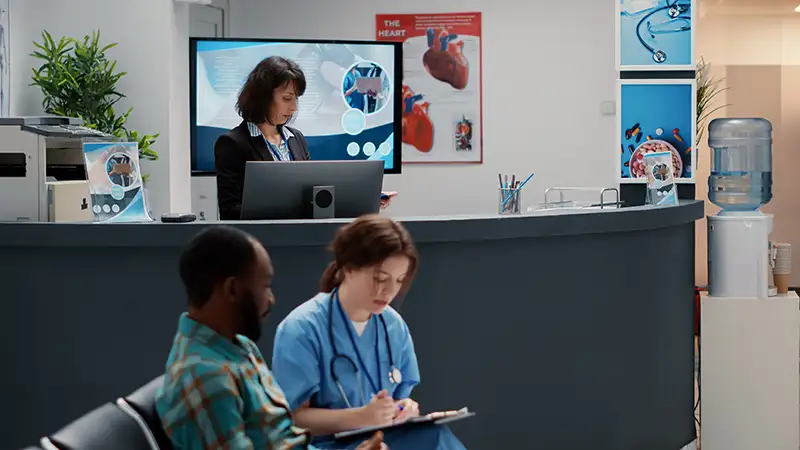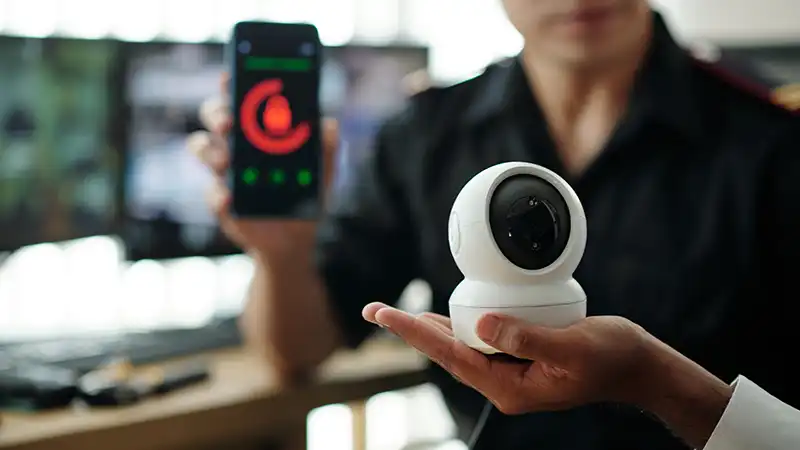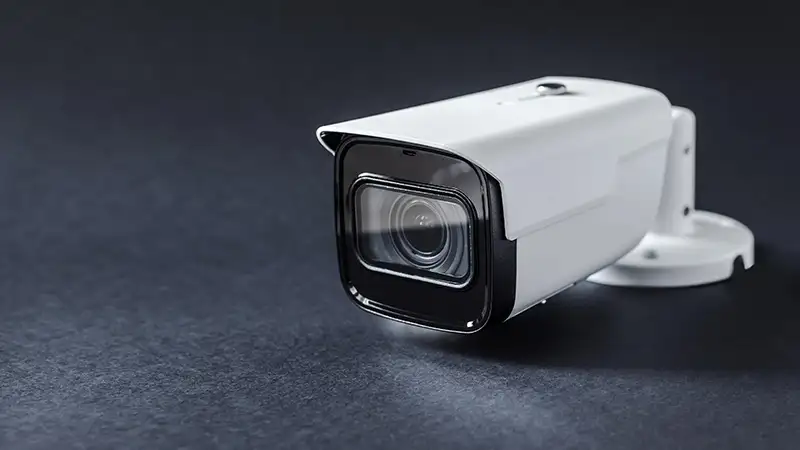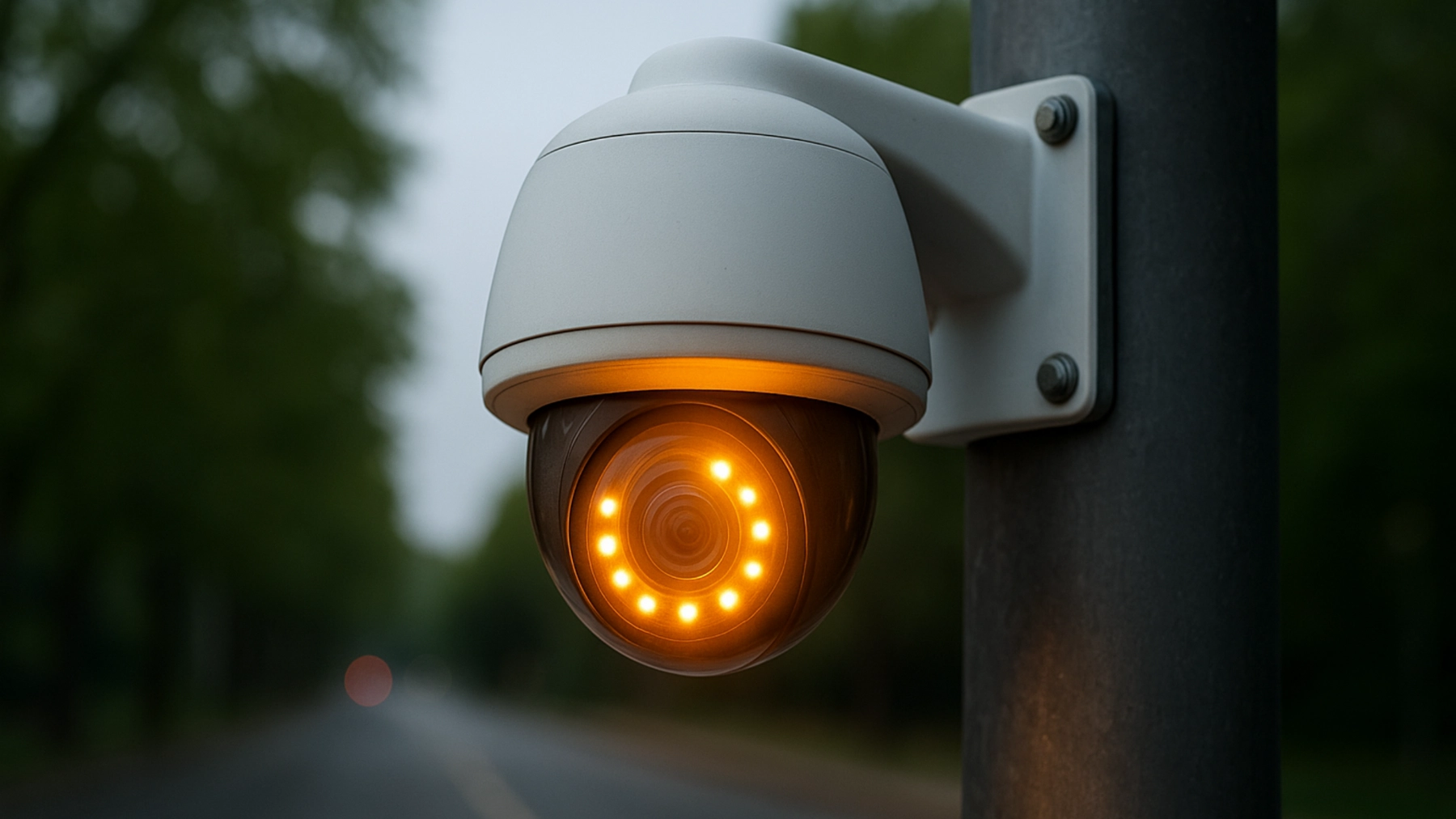
- Apr 18 2025
- |
- Reading Time: 3 Min
Digital Signage in Healthcare
Reading Time: 3 minutesToday’s hospitals and healthcare clinics have a significant challenge: how do they create a welcoming and reassuring environment in a place where many individuals are in pain and anxious?
Hospitals and healthcare organizations rely heavily on clear and accessible communication to improve health outcomes and awareness. Having that said, digital signage is the most effective and efficient means to communicate critical real-time healthcare information.
Why do healthcare providers use digital signage?
Hospitals use digital signage to effectively communicate critical information such as visiting hours, patient instructions, booking schedules, and medical event announcements. It enhances patient and staff education by improving awareness about health issues, illness prevention, and proper cleanliness procedures.
In addition, digital signage helps patients and visitors make their way throughout the hospital by providing interactive maps and departmental directions. By displaying predicted wait times, it helps to control patient expectations and reduces anxiety. Finally, it enables the advertising of hospital services by highlighting health programs, specialist clinics, and other products.
Here are some ways that hospital digital signage is making a difference.
Patient check-in and registration
One of the most common uses for digital signage in healthcare is to simplify the check-in process. Self-service kiosks with digital screens can greatly help patients check-in and register for check-up appointments swiftly and efficiently. As a result, this helps minimize wait times and enhances the patient flow in the facility.
These up-to-date self-service kiosks allow patients to submit information, update their health records, and confirm current and future appointments without requiring assistance from the hospital staff. They also help reduce wait times and bottlenecks at the hospital registration counters, which increases overall efficiency.
Guide guests to their destinations
Hospitals are large, crowded locations that can be difficult to navigate, especially if a patient is attempting to get to an appointment on time. Busy healthcare providers are frequently approached and asked for instructions. This takes up significant time, reducing efficiency.
Visitors can get personalized directions to their desired location using digital signage with touchscreen capabilities. Self-service navigation eliminates the need for hospital staff to steer traffic.
These displays serve as lighthouses for patients and employees alike. When combined with a dynamic content management system, some displays can be quickly updated with the most current information.
Communicate with visitors in real-time
Hospitals have vital information to provide with patients and visitors – whether it’s an emergency safety alert, advice or tips, hospital services and activities, or general wellness awareness.
The old-fashioned method of posting leaflets and bulletin boards is often messy and unsuccessful. Information soon becomes outdated, and crucial announcements are frequently overlooked in a sea of paper.
Digital signage systems enable hospitals to be more strategic in terms of what information they transmit, as well as when and where they do so. Information may be easily updated digitally, and administrators can send out real-time safety notifications in an emergency.
Lobby exhibits can also help tell your company’s story. Doctor biographies, patient experiences, and testimonials shown on dynamic screens instill confidence in the facility. Digital signage in the healthcare facility can tell patients about accessible amenities, novel medical techniques, and answers to frequently asked questions.
Share information among hospital workers
Doctors and nurses can utilize digital signage to swiftly transmit essential patient information, eliminating the need for paper charts or large files. A small patient information screen placed outside the patient room, for example, might display the patient’s allergies as well as any relevant health warnings, such as fall danger or quarantine.
Nurses’ stations can use digital signage to notify staff on who is currently on duty, forthcoming shift schedules, and which nurses should be assigned to certain patients based on language preferences. Nurses’ stations equipped with widescreen displays can serve as cooperation centers, providing rapid access to digital patient records and notes on nurses’ station signs.
Increase the speed of diagnosis
One of the primary advantages of digital signage for hospitals is the possibility of more efficient patient diagnosis. Widescreen monitors provide a broader canvas, allowing doctors and nurses to easily analyze a wide range of information, from X-rays to EHRs. Enhanced resolution enables physicians to review X-rays, CT scans, and other visual data more accurately.
Physicians save time that would otherwise be spent switching between windows and going over their notes, allowing for speedier diagnosis and a better overall patient experience.
Meanwhile, interactive signage enables physicians to digitally annotate patient images. With a few touches, these annotations can be downloaded and sent to the patient or other members of the care team. They can also be utilized for collaboration.
Key Takeaway
The use of digital signage in healthcare facilities has several advantages, ranging from improved communication and patient experience to increased operational efficiency.
Healthcare institutions can utilize digital signage to ensure that they not only meet but, exceed the expectations of their patients, visitors, and employees. The future of healthcare communication technology seems promising, with digital signs paving the way for more efficient, informed, and patient-centered treatment.
Recent Success Stories





![]()
Great team, excellent service. We highly recommend!
Georgetown Villas Llc.
Owner,
![]()
We’ve been enjoying the music of Carolina Georgia Sound here at Roundabouts for 10+ years now. They offer a wide variety of music from all genres at an affordable price. Customer service is very helpful and responsive.
Roundabouts Consignments.
Owner,
![]()
Very fast, considerate, respectful, knowledgeable, not to mention helpful. I would recommend them to everyone! I will continue to use them!!!!!







